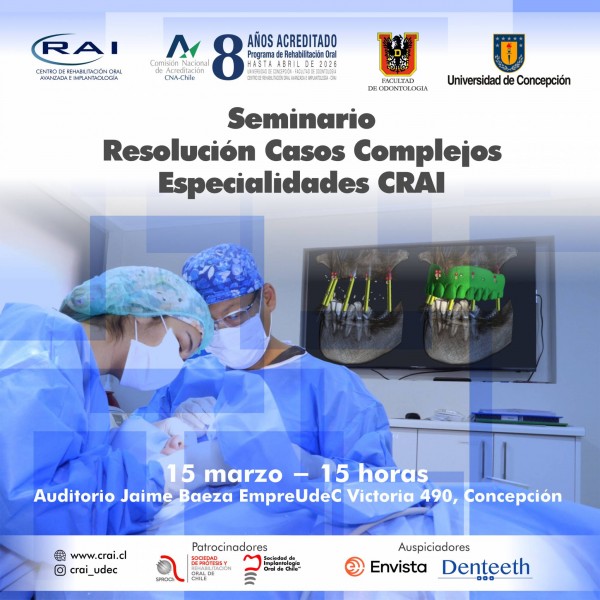ABSTRACT: Clinical motor skills are essential to train dental students. There is evidence that imagery serves to acquire and improve motor skills, since imagining an action, activates the same neural areas as when this is physically performed. The aim of this pilot randomized clinical trial was to examine the feasibility of tridimensional visualization associated with mental imagery on the development of fine motor skills of dental students compared to conventional training. Seventeen dental students without previous preclinical experiences, between 18-25 years old were recruited. After giving a theoretical lecture on the inlay preparation, participants were randomly allocated in two groups. The Experimental Group (N=9) performed daily 30 minutes of “mental practice” after visualizing a video showing the execution of an ideal inlay preparation alternating it with black screen periods to facilitate the imagery. The Control Group (N= 8) performed a 30 minutes “hands on practice” daily of the same preparation. On the fifth day, both groups carried out an inlay preparation physically, which was scanned and overlapped to the virtual preparation to assess accuracy. The execution time and accuracy of the preparation performed with regard to an ideal preparation were compared between groups. The learning style and fine motor skills at baseline were similar in all participants (P>0.001). No statistically significant differences were found between the groups in terms of accuracy. The time of execution in the experimental group was significantly lower than the control group. This pilot study showed that visualization associated to mental imagery could develop fine motor skills in dental students, requiring less execution time than physical practice.
DISCUSSION: Mental training by imagery has shown to be effective in athletes, musicians and during rehabilitation to develop motor skills (Lotze & Halsband, 2006). For mental imagery to be effective, the learner should be familiarized with the task before the imagery session (Rogers, 2006). In this study, 3D visualization of an ideal tooth preparation was repeated to facilitate mental imagery. Students, after 5 days of mental training using visualization and imagery showed similar results on dental preparation than students trained with motor training as conventional method, suggesting that visualization associated to mental imagery could be as effective as conventional hands-on training. Moreover, execution times were reduced almost half of the time in the Experimental Group. However, further studies should include a retention test to determine the effect of visualization associated to imagery on longterm clinical performance.




